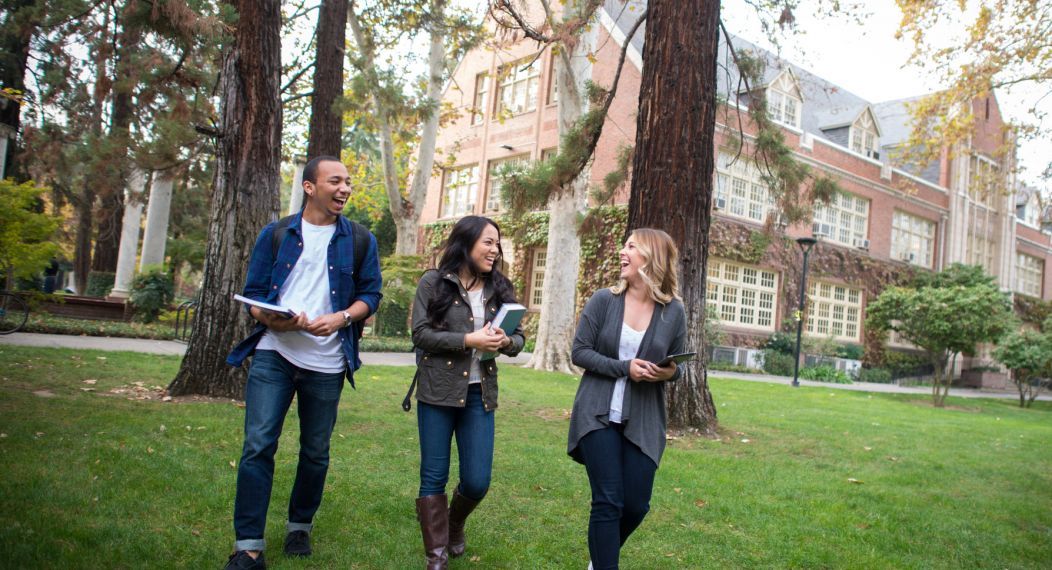All dental students are assigned a budget for the cost of education, living expenses, books, and supplies, etc. The amount of financial aid you receive cannot exceed the cost of attendance according to the guidelines and regulations established by the federal government and administered through the Arthur A. Dugoni School of Dentistry's financial aid department.
The financial aid department at the Dugoni School considers annual budget in terms of 12-months and establishes a modest, yet adequate cost of living allowance to determine financial aid eligibility each school year. The estimated 12-month student budget includes tuition, fees, books and supplies, living expenses and personal expenses. Living expenses* are based on average costs for students living in the Bay Area, and include rent, food, utilities, transportation costs and personal miscellaneous items. Please note that your budget does not cover items such as consumer (credit cards) debt or car loans. We strongly recommend that you reduce these obligations before entering school since they are not considered covered items under federal regulations and cannot be included in your cost of attendance budget.
2024-25 Cost of Attendance
Doctor of Dental Surgery (DDS) Program
| Budget Category | First Year | Second Year | Third Year |
| Tuition | $127,910 | $127,910 | 127,910 |
| Dental Kit | $11,385 | $3,208 | 0 |
| Rental Kit | $962 | 0 | 0 |
| Instrument Management Fee | $3,620 | $4,360 | $5,655 |
| Technology Fee | $750 | $750 | $750 |
| Lab Fees | $325 | $665 | 0 |
| Optical Loupes | $1,195 | 0 | 0 |
| Student Health Center Fee | $720 | $720 | $720 |
| Disability Insurance Fee | $53 | $53 | $53 |
| Health Insurance Fee | $3,296 | $3,296 | $3,296 |
| Dental Associations | $210 | $210 | $210 |
| Student Body Fee | $150 | $150 | $150 |
| Retreat & Commencement Fee | 0 | 0 | $405 |
| Direct Cost Total | $150,576 | $141,322 | $139,149 |
| Allowance for Living Expenses | $38,688 | $38,688 | $38,688 |
International Dental Studies (IDS) Program
| Budget Category | First Year | Second Year |
| Tuition | $127,910 | $127,910 |
| Dental Kit | $12,064 | 0 |
| Rental Kit | $1,197 | 0 |
| Instrument Management Fee | $3,620 | $5,655 |
| Technology Fee | $750 | $750 |
| Lab Fees | $665 | $375 |
| Optical Loupes | $1,195 | 0 |
| Student Health Center Fee | $720 | $720 |
| Disability Insurance Fee | $53 | $53 |
| Health Insurance Fee | $3,296 | $3,296 |
| Dental Associations | $210 | $210 |
| Student Body Fee | $150 | $150 |
| Retreat & Commencement Fee | 0 | $405 |
| Direct Cost Total | $151,830 | $139,524 |
| Allowance for Living Expenses | $38,688 | $38,688 |
Graduate Programs (Ortho and Endo)
| Budget Category | First Year | Second Year | Final Quarter |
| Tuition | $127,910 | $127,910 | $31,977.50 |
| Student Health Center Fee | $720 | $720 | $720 |
| Disability Insurance Fee | $53 | $53 | $13.50 |
| Health Insurance Fee | $3,296 | $3,296 | $824 |
| Direct Cost Total | $131,979 | $131,979 | $33,635 |
| Allowance for Living Expenses | $38,688 | $38,688 | $9,672 |
Exceptions to the Standard Student Budget
Below are examples of some allowable add-ons to the student budget. Students are encouraged to discuss their specific situations with the financial aid staff before submitting a request. Budget exceptions are considered on a case-by-case basis and subject to approval. Expenses must be under the student's name and incurred during the current school year. Complete the Request for Budget Increase Form for consideration and provide applicable documentation to be considered.
- Additional Housing Allowance
- Child Care
- Medical and Dental Expenses
- Computer Purchases
- Licensure Expenses
- Residency Interview Expenses
- Commute Expenses
Monthly Cost of Living Allowance
The financial aid office establishes a modest, yet adequate cost of living allowance to determine financial aid eligibility each school year. This allowance includes housing and utilities, food, transportation, personal and miscellaneous, and medical expenses. The off-campus allowance assumes shared housing costs.
| Monthly Cost of Living Allowance | Off Campus |
| Food | $817 |
| Housing | $1,637 |
| Transportation | $218 |
| Personal / Miscellaneous | $552 |
| Totals | $3,234 |
As required by federal law, budgets used to determine financial aid eligibility can only include the student's costs; spouse and/or children's expenses cannot be included.
Note: Like most U.S. universities, Pacific’s Board of Regents sets tuition each year. The board tries to keep increases as low as possible. In recent years, increases have averaged about 2 percent per year—less than most of our peers. Note that tuition and increases can vary between programs to meet specific needs



